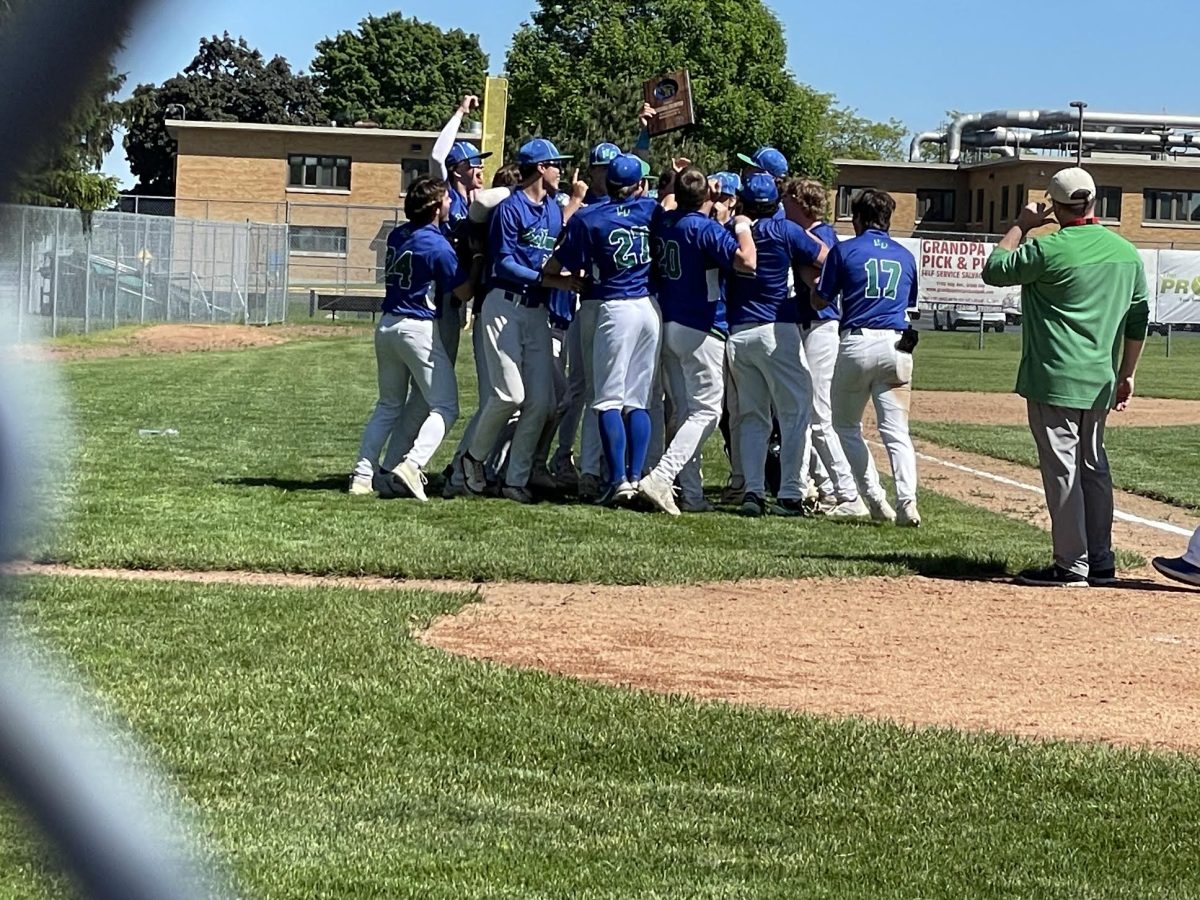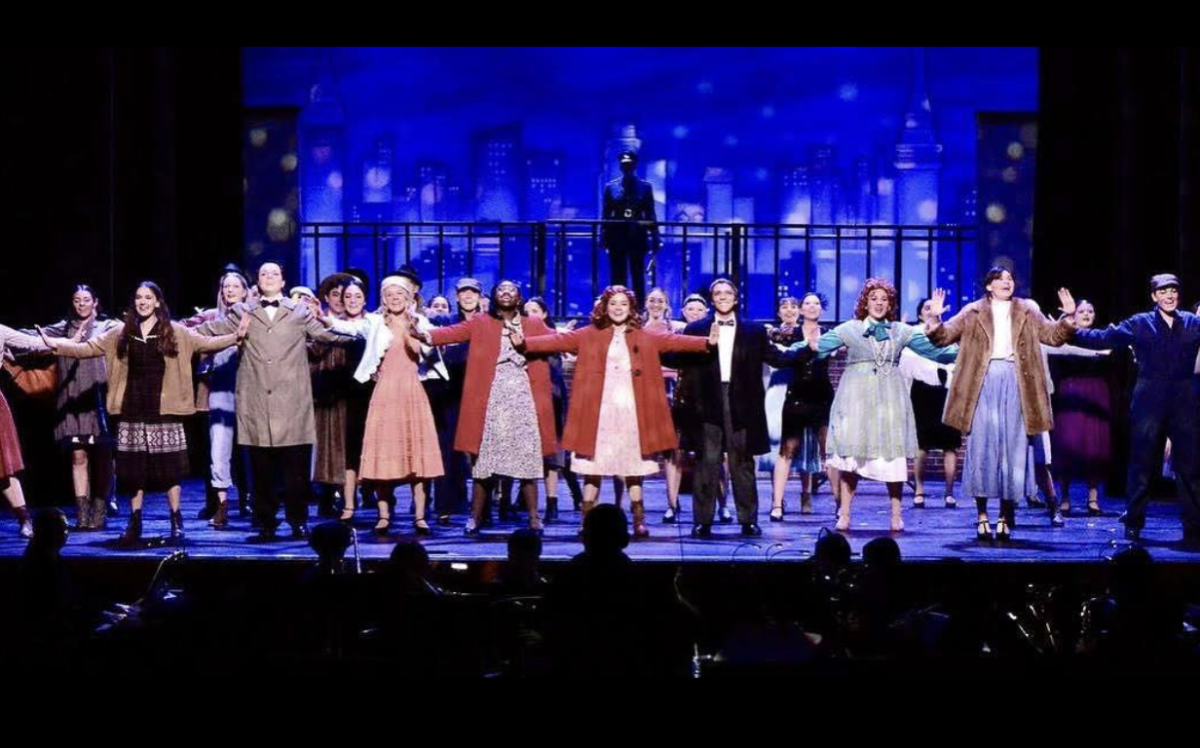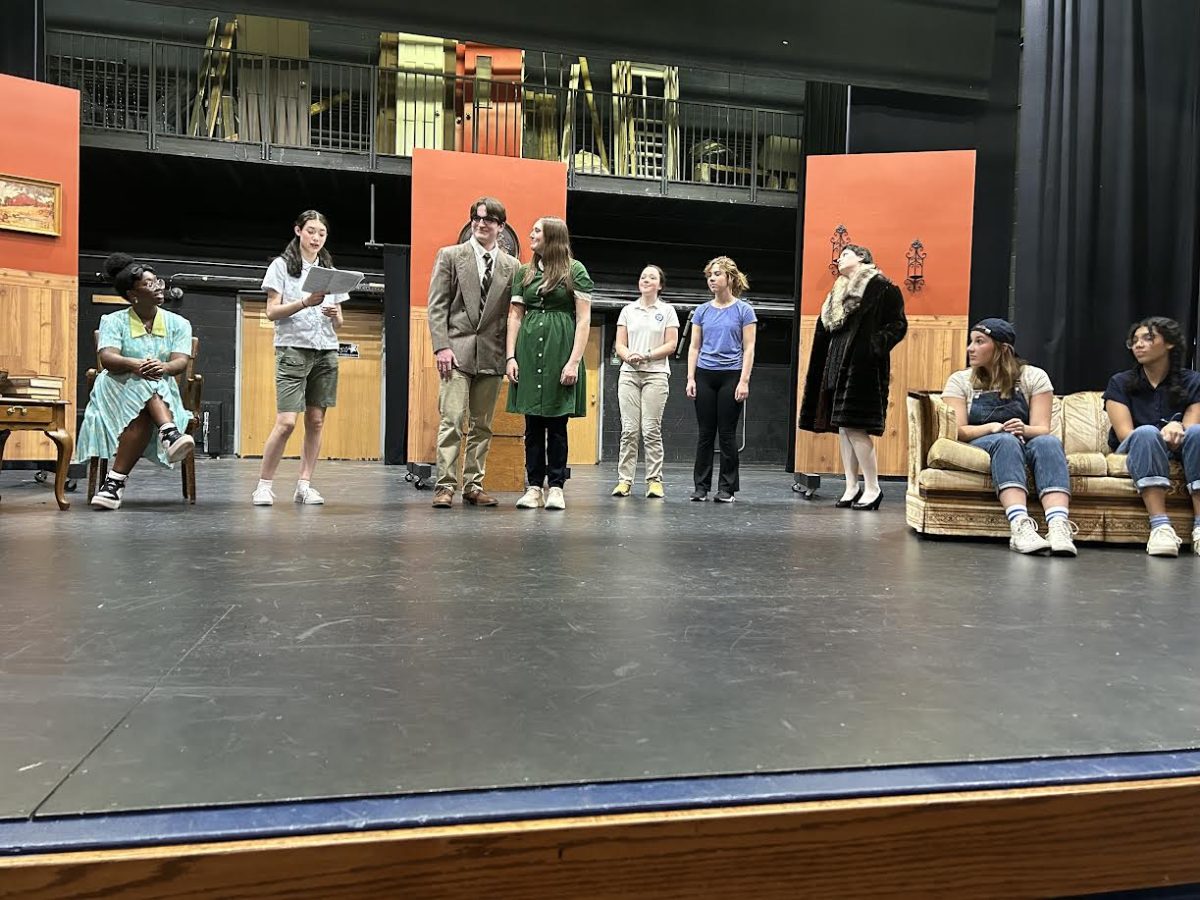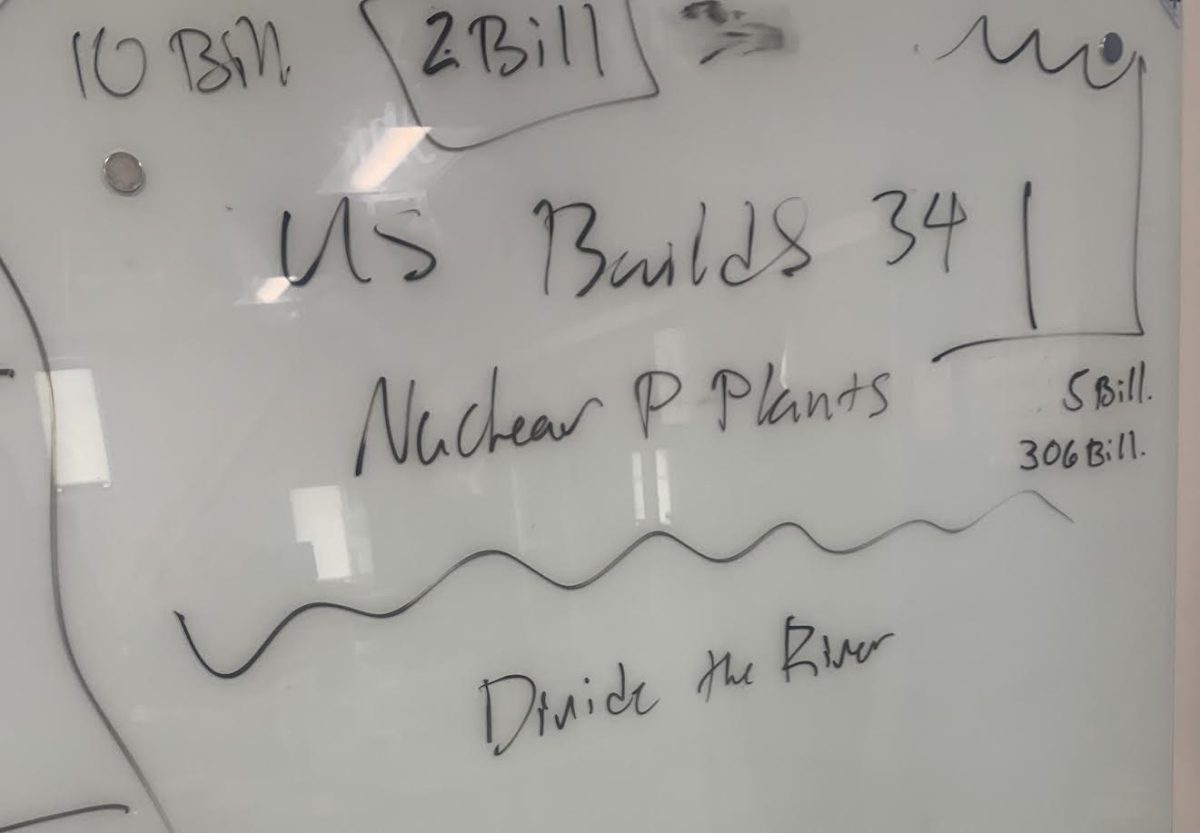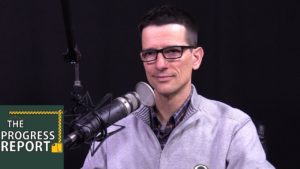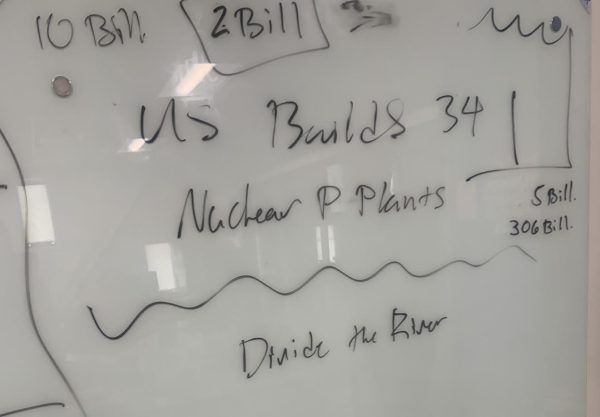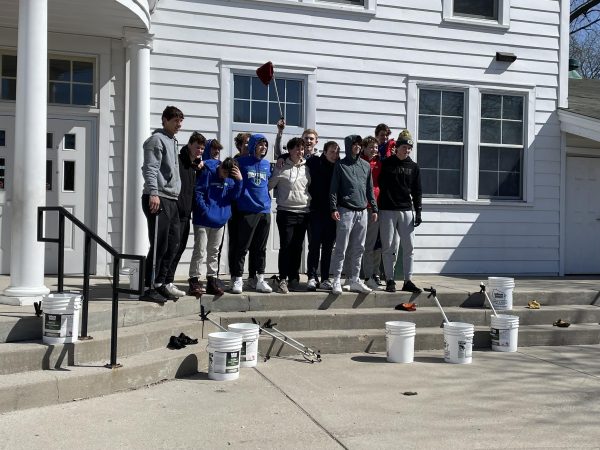History of Czech Republic Spans Thousands of Years
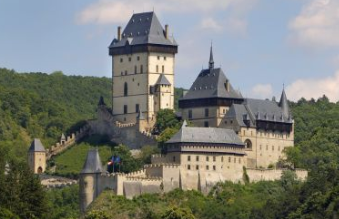
February 19, 2019
International students come to the U.S. to learn about the American lifestyle and American history, but the their time here is a two-way street, for Americans get to learn about the visiting students’ countries and culture. In the article Vit introduces readers to the history of his native land, the Czech Republic.
The Czech Republic is a country with a long history beginning in 9th century. At that time, two Byzantine Christian theologians, Saints Cyril and Methodius, came to the first empire called Moravia and influenced a cultural development in many ways by teaching a new alphabet and Christian law.
In the following 200 years, the Premysl royal dynasty fully developed. This period of time is often described as growing in size and building new cities as well as the expansion to neighboring countries, such as Austria and Poland.
A huge role was played by a document called the Magna Carta in 1215. Even though it didn’t directly influence the Czech empire, a basic idea of sovereignty within a rule of law was an inspiration for future rulers. About 1000 castles were built during medieval ages and many of them are still favorite traveling destination.
Several different kingdoms held power over the Czech area until 1867, when the Austria-Hungarian dual monarchy was established .
Czechoslovakia was formed in 1918 following the collapse of the Austro-Hungarian Empire after World War I. Unfortunately, our new democracy system worked for only about 20 years.
Nazi Germany took over the new republic during WW2, followed by 40 long years of occupation by the Soviet Union. There was no freedom of speech or press, and many people, especially Catholics, were persecuted by the Soviet army for their opinions, values and beliefs.
A significant slowdown of our economy later caused a process called privatization, criticized by a few politicians, right after the Velvet Revolution for independence in 1989.
American President George Bush Sr. gave a speech on the Wenceslas Square in Prague in response to the collapse of the Warsaw Pact governments.
In 1993, Czechoslovakia split up after peaceful negotiations into the Czech Republic, as it is known today, and Slovakia.
The first president, Vaclav Havel, is recognized as a leader for independence. He played a major role in forming our country. The main principles of a democratic parliamentary system were established, which are still used today.











